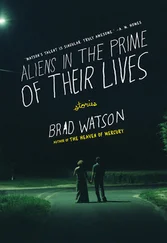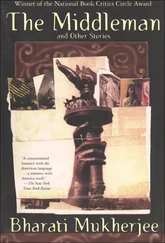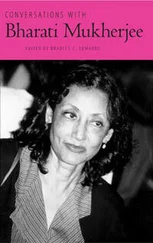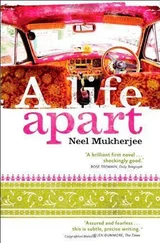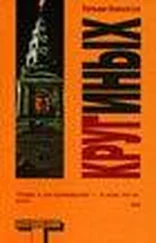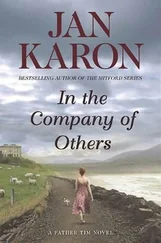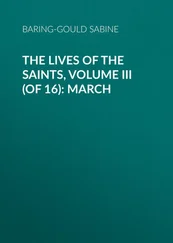bat= Ficus benghalensis , the iconic Indian banyan tree. Enough said.
benarasi= A type of silk sari, named after the city, Banaras (or Varanasi), which is the centre of India’s zari figured-silk weaving industry ( zari is gold-wrapped thread). Benarasi saris are rich, gorgeous and usually feature intricate floral and foliate patterns. Considered de rigueur for Bengali weddings.
bene= A class of trader who deals exclusively in jewellery.
bhari(weight) = Generally used of gold, 1 bhari is 11.664 grams.
bheesti= Water carrier. A person, not an object.
bidi= The native Indian cigarette, small and thin, made of tobacco wrapped in kendu leaves and tied at one end with a string. Very cheap, it is considered the poor man’s cigarette.
bigha= A measure of land. In West Bengal, the bigha was standardised under British colonial rule at 1,600 square yards (0.1338 hectare or 0.3306 acre); this is often interpreted as being one-third of an acre (it is precisely  acre). In metric units, a bigha is hence 1333.33 square metres. See also katha.
acre). In metric units, a bigha is hence 1333.33 square metres. See also katha.
bijaya= The last day of Durga Puja, the conceit being that after her sojourn in her parents’ home, Durga returns to her husband, Shiva.
bonti= A sharp, curved blade, fixed perpendicularly to a horizontal wooden stand, and used in the kitchen for cutting fish and vegetables.
boü-bhaat= Literally, ‘bride-rice’. The wedding proper — that is, the rituals that bind bride and groom together as man and wife — is held in the bride’s home, after which she leaves her father’s house and comes to her in-laws’. The man’s family now throws a reception, a complement to the wedding, if you will; mass feeding invariably characterises it. The new bride is supposed to cook for her husband’s family and serve rice to her in-laws and the guests on this day, hence the name.
Brahmo= This entry is going to be kept deliberately short. Interested readers can go to www.thebrahmosamaj.net. Brahmoism is an early nineteenth-century reformist movement within the Hindu religion that tried to free itself from cant, rituals, superstition, idolatry and all kinds of social ills that had come to plague the practice of Hinduism. Socially and doctrinally progressive, Brahmos had a central role in the Bengal Renaissance of the nineteenth century. The starriest of the two Bengali families, the Tagores and the Rays (Upendrakishore, Sukumar, Satyajit), were Brahmos. In some current, colloquial usage of the word, ‘brahmo’ can mean, slightly pejoratively, over-refined creatures floating a few inches above the vulgar, unwashed masses. As with all such colloquial usage, there is a small grain of truth in it.
chador= A length of cloth, usually to cover oneself at night. The same word is used of bedsheets or cotton shawls.
challan= Invoice for goods sent.
charas= Hashish.
chhatu= Flour made from roasted chickpeas or barley. Can be eaten uncooked and usually is, kneaded rigorously into a dough with oil, water, green chillies, salt, chopped onions, etc. Considered to be the poor man’s food.
chhee= This is the exclamatory word to express shame mostly, but also sometimes distaste or disgust.
chhillum= A small, simple, trumpet-shaped clay pipe for smoking marijuana. Often called chhilim.
chik= Vernacular for choker.
chur= A flat decorative bracelet of varying width, usually in filigree, but also in floral chasing; mainly a marriage ornament.
crore= Ten million.
dhaak= A kind of drum slung over the shoulders in a sling and played with sticks. The man who plays it is a dhaaki.
eeesh= One of the most eloquent words in Bengali, it can express — depending on context and the tone in which it is said — disgust, distaste, wonder, regret, sympathy, revulsion, and no doubt a few more feelings.
fatua= A short-sleeved, shorter version of the panjabi(q.v.).
gamchha= The poor man’s towel, very thin, coarse, and invariably chequered red-and-white.
ghaghra= Long, flared skirt, colourfully, often garishly, decorated, common in north-western parts of India.
gherao= The practice of aggrieved labourers surrounding members of the management (or the owners) and creating a wall of humans through which the encircled persons could not escape until the workers’ demands were met.
gola= Barn for storage of grain.
hanshuli= A stiff sickle-shaped hinged necklace that derives its form from tribal Indian jewellery; the equivalent of a collar.
harijan= Literally, ‘people of god’; this was Gandhi’s term for the class of people considered as untouchables in caste-based Indian society.
hartal= Strike.
hashua= A knife with a curved, crescent-shaped blade, not unlike a sickle.
horbola= A professional performer who mimics all kinds of sounds, chiefly bird calls and animal cries. The horbola used to be a regular fixture in village fairs, but is now an endangered species.
hyan= Yes; okay. Often an interjection standing for ‘What?’
jah= Yet another eloquent ejaculation, this is an intensifier that can denote regret, contempt, dismissal or disbelief.
jamdani= The most exclusive and expensive of Bengali muslin saris (or Dhaka muslins, as they are called), jamdanis feature a distinctive style of supplementary-weft work woven into the fabric.
jhalmuri= A spicy snack made with puffed rice, finely-chopped onions, spices, peanuts, mustard oil, chillies etc.
kaajol= Kohl.
kaan= Literally ‘ear’, this is a formal, dressy genre of earring, which covers the entire ear, hence the name.
kaash phul= The flowers of Saccharum spontaneum , a perennial grass, which grows up to three metres tall.
kadam= Neolamarckia cadamba . A large deciduous tree, capable of growing over 30 metres tall, bearing the most amazing flowers during the monsoon, which resemble perfectly round, dusty-orange or yellow woollen balls. They are fragrant, too.
kaliya= A gem from Bengali cuisine, this is a rich, fragrant, spiced fish or meat dish. The basic spicing is bay leaves, ground onions, ginger paste, yoghurt and Bengali garam masala (a mixture of equal amounts of cardamom, cloves and cinnamon).
kankan= An elegant conical bangle of repetitive motifs, once obligatory for married women.
katha=  of a bigha(q.v.), so, in metric terms, 66.66 square metres.
of a bigha(q.v.), so, in metric terms, 66.66 square metres.
kendu= Diospyros melanoxylon . A deciduous tree whose leaves are dried, then used to make the outer wrapping of bidi(q.v.), the poor man’s cigarette.
khemta= A type of dance. Derives its name from a particular rhythm structure. In Bengali culture the dance is associated with dissolute lifestyles.
khichuri= A dish of rice and lentils cooked together with spices. The English word ‘kedgeree’ derives from this; the dish is some distance from the original.
Читать дальше
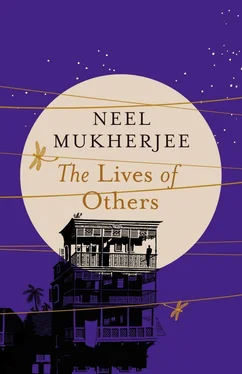
 acre). In metric units, a bigha is hence 1333.33 square metres. See also katha.
acre). In metric units, a bigha is hence 1333.33 square metres. See also katha. of a bigha(q.v.), so, in metric terms, 66.66 square metres.
of a bigha(q.v.), so, in metric terms, 66.66 square metres.